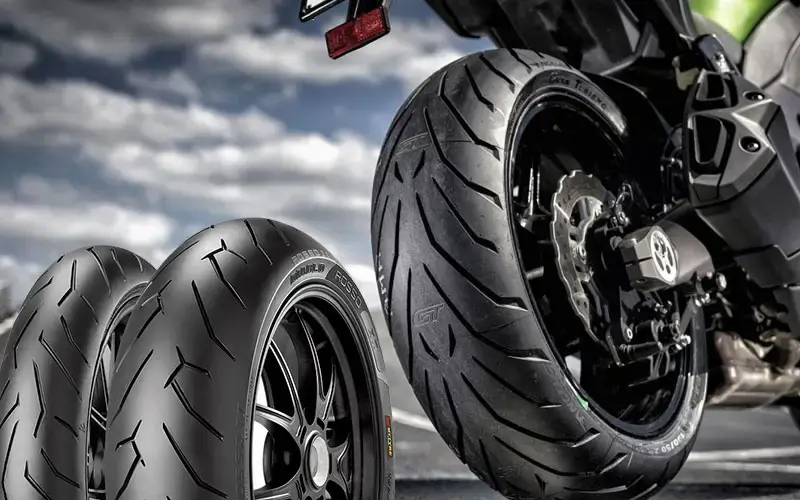 However, what most people don't know is that the size of your rims also shapes how your bike performs, corners, and holds its line.
However, what most people don't know is that the size of your rims also shapes how your bike performs, corners, and holds its line.
For riders exploring upgraded bike rims in NZ, getting a grip on how rim size affects handling and performance can help turn a decent ride into something dialled-in and responsive.
Speed and Acceleration
A smaller rim means less rotational mass, which translates into snappier acceleration. That is a big win if your riding style involves tight switchbacks, technical climbs, or explosive starts off the line. The bike feels more agile, more eager, like it is reading your mind.
Larger rims, on the other hand, come into their own once you have picked up some speed. They tend to carry momentum better, smoothing out the ride over long distances and uneven terrain. You won’t get that instant burst off the mark, but you will hold speed more efficiently, especially when the trail opens up or the straights stretch on. It is more of a trade-off. Do you value punchy take-offs or smoother, sustained power?
Handling and Control
Rim size can also make or break your confidence in a corner. Width plays a major role here as wider rims give tyres more lateral support, reducing roll and letting you push harder without that squirmy, vague feeling mid-turn. More contact with the ground means more grip, and that is exactly what you need to avoid accidents when the track is loose, muddy, or unpredictable.
Then there is the diameter, smaller rims sharpen your steering, giving the bike a more flickable feel. They respond quickly, which is ideal for riders threading through tight terrain or dancing through enduro sections. Bigger rims soften the edges, less twitchy, more stable. They roll over rocks and roots with less fuss, making them great for high-speed lines where predictability beats nimbleness.
Matching Size to Conditions
Don’t overlook how rim size affects strength. Smaller rims, thanks to their compact shape, tend to be naturally tougher. They are less likely to warp or crack under pressure, which is why they are a popular choice for riders who don’t hold back on rocky descents or harsh landings.
That said, modern manufacturing has come a long way. High-quality materials mean even larger rims can hold their own, provided they are built right. And since they can house beefier tyres, you have extra cushion to soak up impact. So, rather than size alone, it is about pairing the right rim with your riding environment. Hammering rock gardens? Go for strength. Surfing sand dunes or loose trails? Think support and floatation.
Practical Fitment and Performance Considerations
It is never just about the rims themselves. You have to consider the whole setup, your height, the bike’s geometry, the tyre profile, even how you like your suspension tuned. A taller rider might feel cramped on smaller rims, while someone shorter could find larger ones slow to respond. It is a balancing act between comfort, control, and confidence.
Tyre choice also plays into it. A wider tyre behaves differently depending on the rim that is holding it. Too narrow, and you will get tyre squirm. Too wide, and you might compromise sidewall flex. And when you are frequently swapping tyres or fiddling with pressures, knowing how rim dimensions affect each change gives you the upper hand.
Final Thoughts
As you can see, rim size is a major factor in how your bike handles, responds, and endures. It affects how quickly you accelerate, how deep you lean into corners, and how comfortably you absorb punishment from the terrain.
So, whether you are chasing lap times, exploring new trails, or just want your bike to feel more dialled in, take a closer look at those rims. They might just be the missing piece that ties everything together.